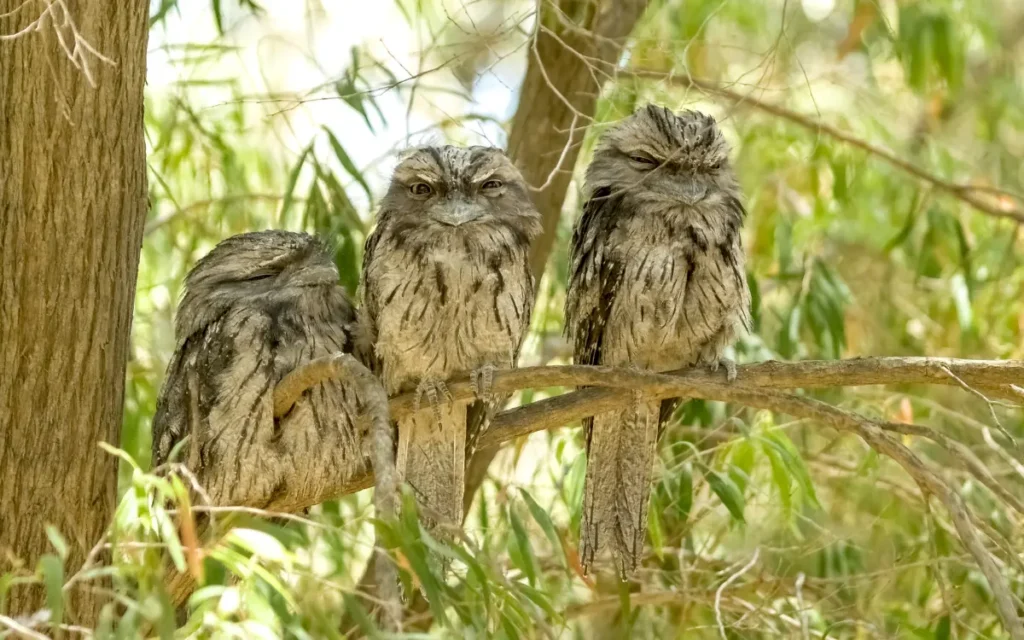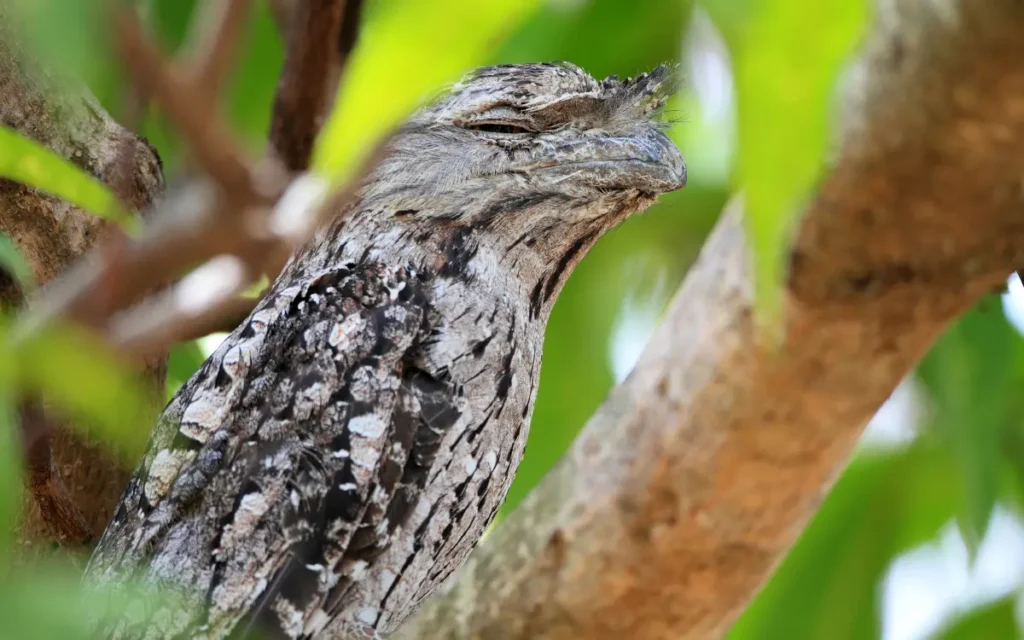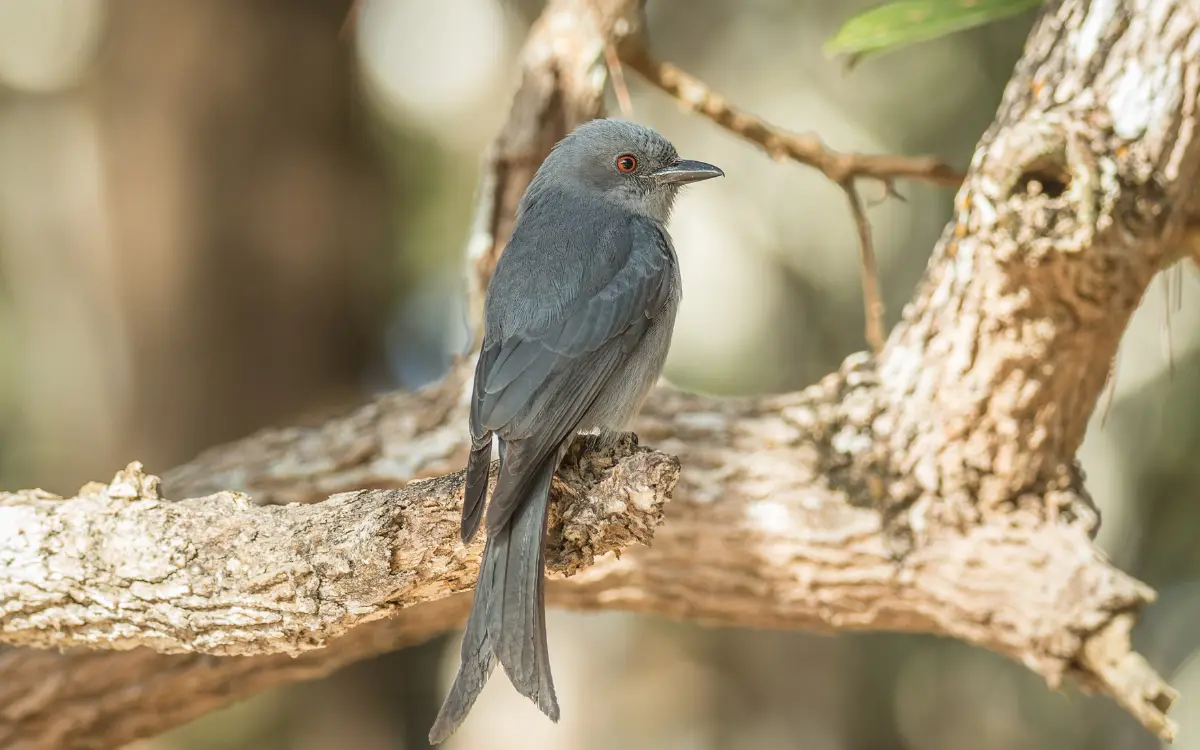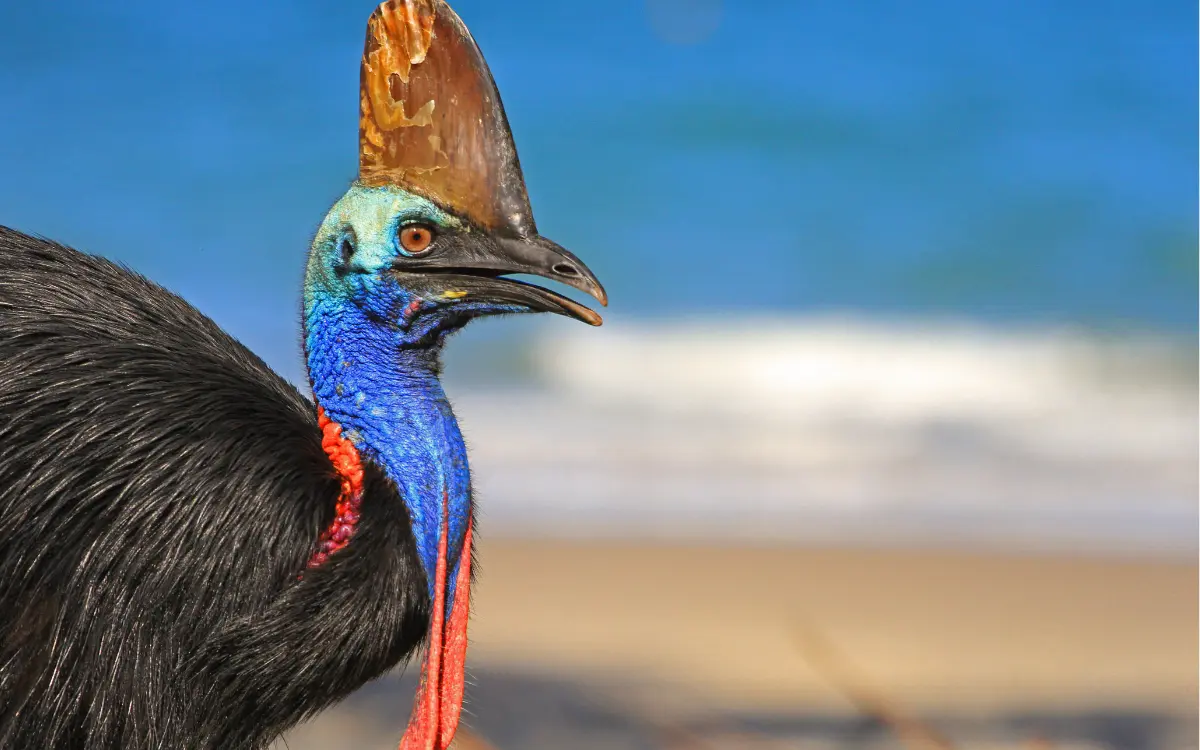Tawny Frogmouth Facts: Unique Bird
The Tawny Frogmouth is a unique bird found in Australia. It’s known for its big eyes and wide beak that looks like a frog’s mouth, which is how it got its name. This bird is often mistaken for an owl because of its appearance, but it’s actually more related to nightjars.
Interesting Facts
Unique Adaptations for Survival
The Tawny Frogmouth has some cool tricks to help it survive. It can camouflage itself to look like a branch, which helps it hide from predators. It also has a special way of moving its head to blend in even better. Its big, wide beak helps it catch lots of insects to eat.
Comparisons with Similar Species
Even though the Tawny Frogmouth looks like an owl, it’s not one. It’s actually more closely related to nightjars. One way to tell them apart is by their beaks. Owls have sharp, hooked beaks, while the Tawny Frogmouth has a wide, flat beak.
Miscellaneous Intriguing Facts
- Tawny Frogmouths can live for a long time, sometimes up to 15 years in the wild.
- They are really good parents. Both the mom and dad take care of the eggs and the baby birds.
- These birds can be found in many different places in Australia, from forests to even people’s gardens!
Significance in Australian Wildlife

The Tawny Frogmouth is an important part of Australian wildlife. It helps control insect populations since it mainly eats bugs. This bird is also interesting because it’s great at hiding. It can sit very still and blend in with tree branches, making it hard for predators to spot. People in Australia love this bird because it’s special and helps keep the environment balanced.
Physical Characteristics
1.Description of Appearance
The Tawny Frogmouth has a big, wide beak that looks like a frog’s mouth, which is where it gets its name. Its feathers are usually gray, brown, and white, which helps it blend in with trees. This bird has big, yellow eyes that help it see well at night when it’s hunting for food.
2.Size and Weight
Tawny Frogmouths are medium-sized birds. They are usually about 34 to 53 centimeters long, which is about the length of a ruler and a half. They weigh around 200 to 600 grams, which is like the weight of a small bottle of water or a big apple.
3.Camouflage Abilities
One of the coolest things about the Tawny Frogmouth is its camouflage abilities. It can stay very still and make itself look like a branch or part of a tree. This helps it hide from predators like hawks or owls. It’s so good at hiding that sometimes people walk right past it without even noticing it’s there!
Habitat and Distribution
1.Native Regions in Australia
The Tawny Frogmouth is found all over Australia. It lives in many different places, from the top of the country in Queensland to the bottom in Tasmania. This bird can adapt to different environments, which is why it’s found in so many places.
2.Types of Habitats Preferred
Tawny Frogmouths like to live in forests and woodlands. They prefer places with lots of trees where they can hide and find food easily. They can also live in parks and gardens if there are enough trees for them to feel at home.
3.Geographic Range and Distribution
The Tawny Frogmouth has a wide geographic range. It can be found in most parts of Australia, except for some desert areas where there are not many trees. This bird doesn’t usually move around a lot, so if you see one in a place, it’s likely that it lives there all year round.
Behavior and Lifestyle
1.Nocturnal Habits
The Tawny Frogmouth is a nocturnal bird, which means it’s active at night and sleeps during the day. When it’s dark, it goes out to look for food. During the day, it stays very still and camouflaged, making it hard to spot.
2.Diet and Hunting Techniques
Tawny Frogmouths eat mostly insects like moths, beetles, and worms. They also sometimes eat small animals like frogs or mice. They hunt by sitting very still on a branch and waiting for food to come near. Then, they quickly catch it with their big beak.
3.Vocalizations and Communication
Tawny Frogmouths make different sounds to communicate with each other. They can make a low, grunting noise or a soft, humming sound. These sounds help them talk to their family members and warn others if there’s danger nearby.
Reproduction and Lifespan

Breeding Season and Mating Rituals
The breeding season for Tawny Frogmouths is usually from August to December. During this time, they perform special mating rituals to find a partner. They make soft calls and do dances to impress each other. Once they find a mate, they usually stay together for life.
Nesting Habits and Parental Care
Tawny Frogmouths build their nests in trees using sticks and leaves. Both the mom and dad work together to take care of the eggs and the baby birds. They take turns sitting on the eggs to keep them warm until they hatch. After the babies are born, the parents feed them and protect them until they’re old enough to take care of themselves.
Lifespan and Longevity in the Wild
In the wild, Tawny Frogmouths can live for about 10 to 15 years. They can live a long and healthy life if they have enough food and a safe place to live. Sometimes they live even longer in places where people take care of them, like wildlife parks.
Conservation Status
Current Population Trends
The Tawny Frogmouth is currently considered to be a species of least concern. This means that, right now, there are enough of them in the wild, and their population is stable. However, it’s still important to keep an eye on their numbers to make sure they stay safe.
Threats and Challenges to Survival
Even though they’re not in immediate danger, Tawny Frogmouths still face some threats. These include losing their homes because of trees being cut down, getting hit by cars, and being hurt by chemicals used to kill bugs. All of these things can make it hard for them to survive.
Conservation Efforts and Protective Measures
To help protect Tawny Frogmouths, people are working on conservation efforts. This includes planting more trees to replace the ones that were cut down and teaching people how to drive safely in areas where these birds live. It’s important to keep their environment safe and healthy so they can continue to thrive.
Cultural Significance
Role in Aboriginal Australian Culture
The Tawny Frogmouth has a special place in Aboriginal Australian culture. In some stories, this bird is seen as a wise and important animal. It’s often connected to the land and nature. Aboriginal Australians respect the Tawny Frogmouth and see it as a part of their rich history and traditions.
Representation in Art and Literature
Tawny Frogmouths are also found in art and literature. Artists and writers are inspired by this bird’s unique look and interesting habits. They are often used in paintings, stories, and poems to show the beauty of Australian wildlife. The Tawny Frogmouth is a symbol of the mystery and magic of nature.
Conclusion
The future of the Tawny Frogmouth looks hopeful. As long as their habitats are protected and people continue to care about wildlife, these birds will keep being an important part of Australia’s nature.If you found this interesting, you might also enjoy learning about the Potoo bird. Just like the Tawny Frogmouth, the Potoo bird has some amazing ways to hide and blend in with its surroundings. Check out some facts about the Potoo bird to discover another fascinating creature!






